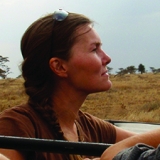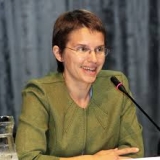Abstract
Protected areas restrict access to land and other natural resources, which can impose welfare losses on local communities. Governments and NGOs often invest in livelihood alternatives considered compatible with conservation and share revenues generated from activities such as tourism and hunting with such communities to compensate for burdens. Ngorongoro Conservation Area (NCA) in Tanzania is a well-known example of a human-occupied protected area that both restricts the activities of and shares revenues with its traditional Maasai residents. The NCA Authority shares revenues by funding the Pastoralist Council to provide both a grain subsidy (compensating for the prohibition on crop production) and public good projects in predominately Maasai villages within the NCA. We assess local preferences for different types of public goods by surveying female heads of individual households within polygamous families living in the NCA. We use a dichotomous choice experiment to identify the relative values of different public goods in terms of grain. We find that women value scholarships for children and healthcare center projects most highly, while cattle dips and village offices are lower priorities. Keywords: valuation; Maasai women; gender; biodiversity conservation; protected areas; pastoralists; well-being metrics; education; project rankings


